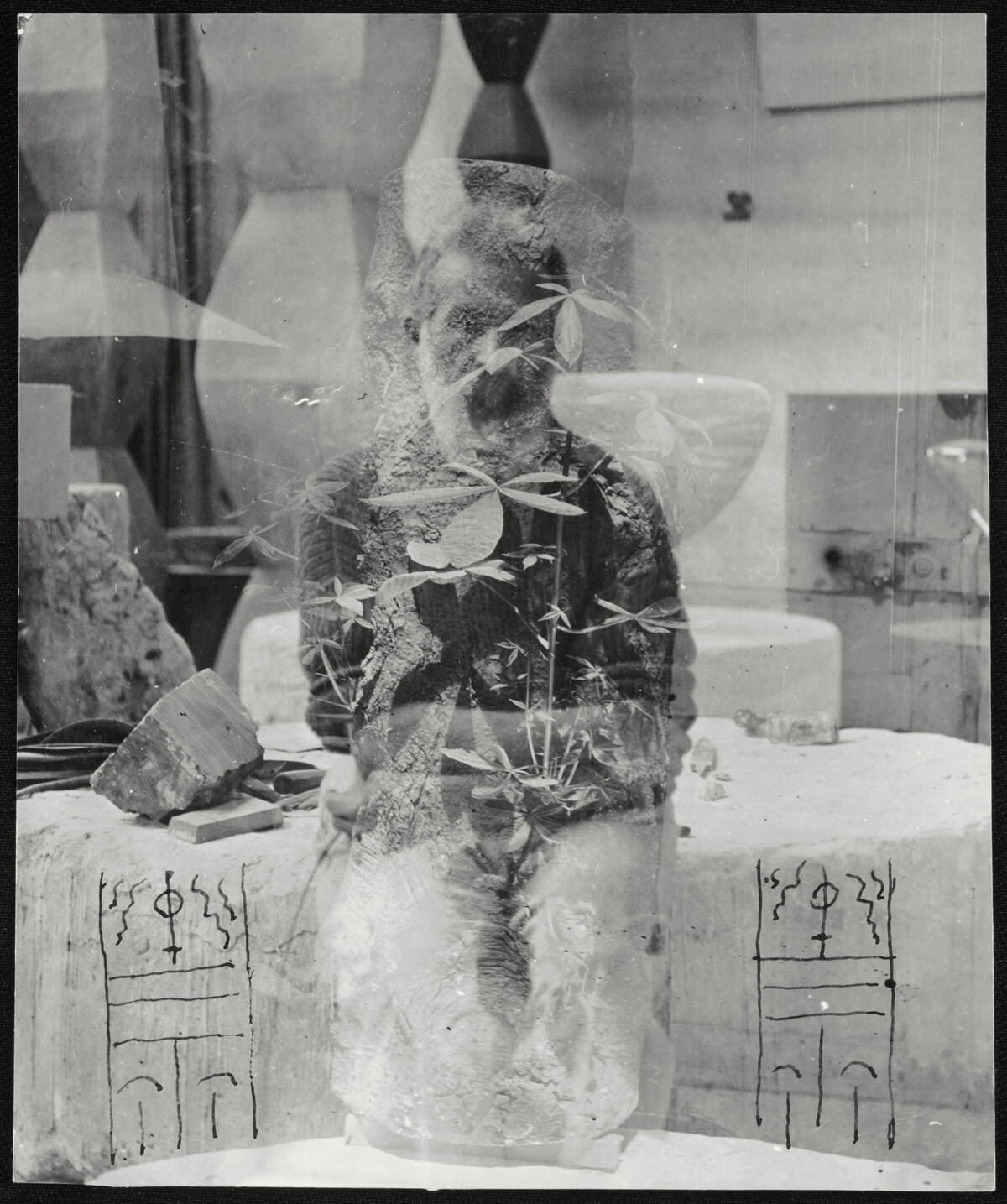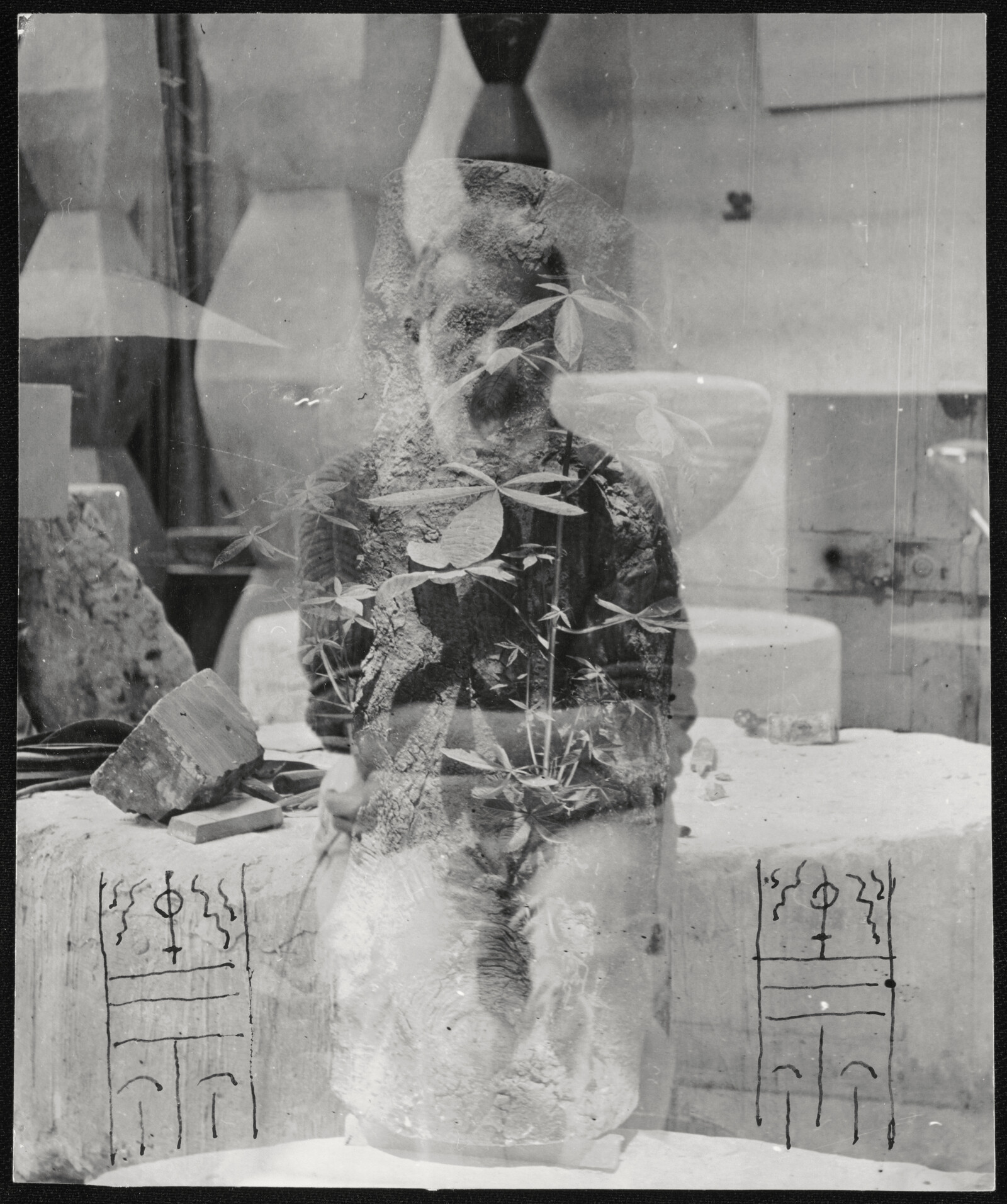September 30, 2023–January 28, 2024
Piata Unirii nr.1
300085 Timișoara
Romania
The long-awaited exhibition Brâncuși: Romanian sources and universal perspectives will open at the National Museum of Art in Timișoara, Romania, on September 30, 2023. It is the first Brâncuși exhibition in Romania in half a century, displaying over 100 artworks.
On display from September 30, 2023, to January 28, 2024, the exhibition is organized by the Timișoara National Museum of Art, the Art Encounters Foundation, and the French Institute in Romania, being financed by the Timiș County Council.
Curated by renowned Brâncuși expert Doina Lemny, this exhibition will bring together emblematic sculptures from the period of artistic maturity, on loan from important museums such as Centre Pompidou in Paris, Tate in London, and the Guggenheim Foundation in Venice, but also from Brâncuși’s youth, from the National Art Museum of Romania, Craiova Art Museum, and private collections. It certainly feels like a well-deserved symbolic homecoming since the last Romanian exhibition dedicated to the great sculptor happened over 50 years ago.
The Brâncuși exhibition points out certain aspects regarding the artist’s connection with his native country, with Romanian art and literature, leaving the audience the pleasure of discerning these subtle connections through their intuitions and sensitivities. It explains why the focus somehow falls on the first period of his creation, the one that bears the marks of his formation in Romania, but also on the dialogue he maintained permanently with his compatriots by participating in various artistic events. Therefore, it is the first exhibition to place Brâncuși in a Romanian context. It aims to debunk certain myths and distorted images about the artist, primarily concocted under the Romanian communist regime. Moreover, it explores the artist’s Romanian sources of inspiration and the metamorphoses that made him the universal artist everyone appreciates.
Brâncuși was an artist who transcended all geographical, historical, and strictly formal boundaries, which ensured him a special place in art history beyond any artistic currents. He was also one of the great artists of the Parisian avant-garde of the first half of the 20th century and an indisputable landmark of modern sculpture. However, his refined modernism and success did not make him forget his past as a Romanian peasant: he always dressed modestly and never stopped carving in wood, constantly preserving the distinctive signs of the popular culture he came from. Cultivating an image of a bearded hermit, Brâncuși lived alone and cooked his own food on an artisan stove made in his Montparnasse workshop while transforming his favorite subjects—birds, fish, aristocratic women—into gorgeous abstractions of polished marble or bronze.
Many of these works will be exhibited in his country of origin for the first time. They will enter a fascinating dialogue with an unprecedented selection of photographs and fragments filmed by the artist. Emblematic works such as The Kiss, Mlle Pogany, Sleeping Muse, The Endless Column, or Bird in Space, meanwhile becoming essential landmarks of modern art, will be on display for four months in Timișoara, one of this year’s European Capitals of Culture.
The exhibition also benefits from a Romanian and English catalog, coordinated by the curator Doina Lemny, which brings together original texts by art historians (Romanian, French, and English) about the artist and the exhibited works, together with an updated biography based on recent research. The 16 essays dedicated to Brâncuși analyze the works from the period 1907–1914, the famous trial against the United States (1926–1928), the construction of the Târgu-Jiu ensemble (1937–1938), and the vital role that photography and film played in the reception of one of the most important sculptors of the 20th century.

